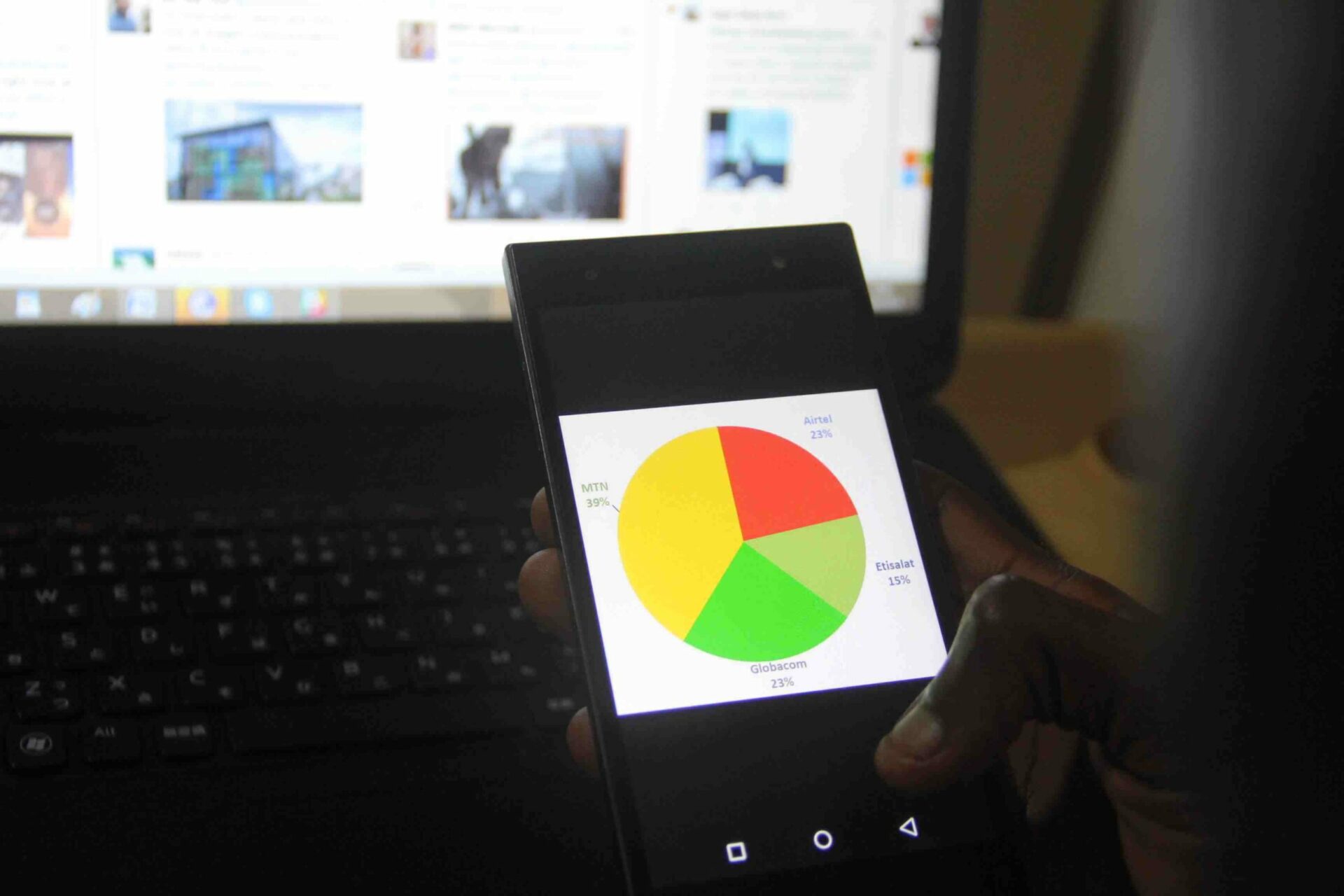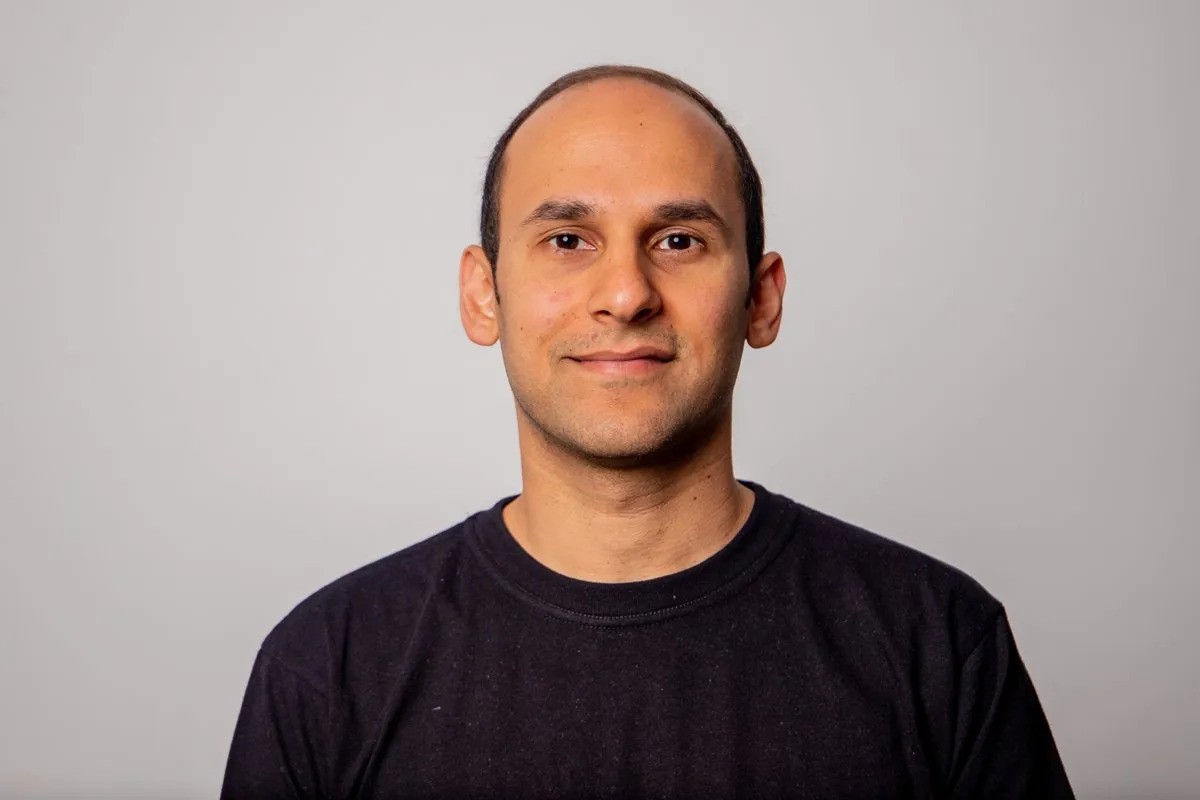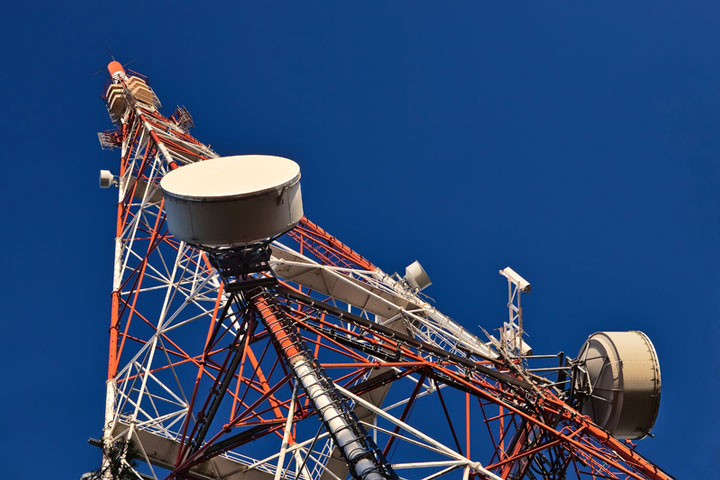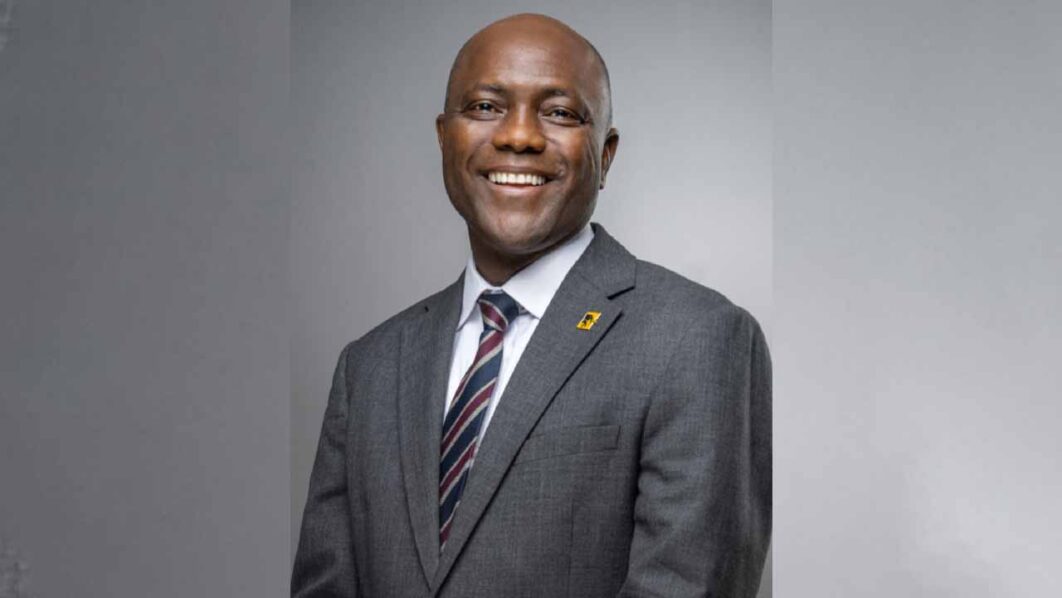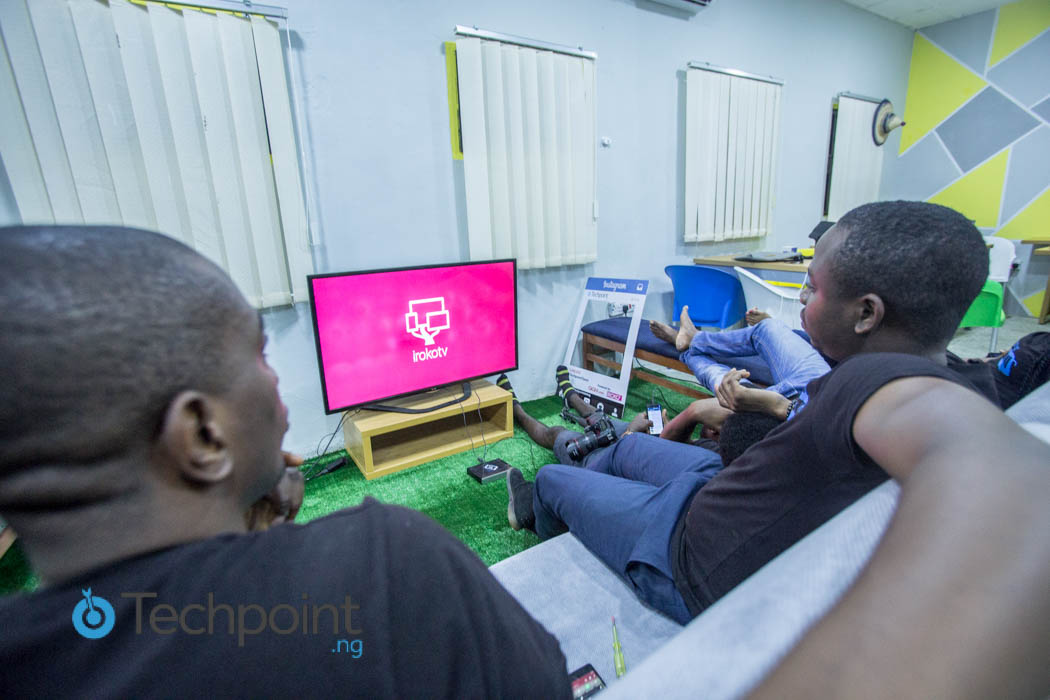According to the Mobile Economy 2018 report by GSMA Intelligence, 55% of Nigerians will have a mobile subscription by 2025. This equates to 128.5 million subscribers, going by Population Pyramid’s projection of 233.6 million for the same period.
The global report, which puts Nigeria’s unique mobile subscription rate at 49% as at 2017, has a regional version that reveals that West Africa alone is expected to add 72 million unique subscribers; Nigeria will account for 51% (36.72 million) of that figure over the next 7 years.
GSMA does not reveal the methodology used to arrive at the figures but boasts of having “tens of millions of individual data points” that are updated on a daily basis. There’s indeed a global live counter on the GSMA Intelligence homepage for mobile connections and unique subscriptions.
But while the Mobile Economy report puts unique subscribers in Nigeria at 49% penetration (over 90 million), the Nigerian Communications Commission (NCC) claims there were 236.9 million connected lines at the end of 2017. The disparity can be traced to the fact that Nigerian subscribers carry multiple SIM cards.
Besides, figures from the last census in Nigeria show that the population of those between the ages of 0 to 14 is much higher than those older 20. That gap is expected to have widened over the years.

According to David Maila, Client Experience Account Director for GSMA’s communications agency -- Weber Shandwick -- the figure for unique mobile subscription is not restricted to the number of people that own a mobile phone alone. Rather, it refers to the number of people that are "subscribed to a mobile tariff or service via a range of SIM card friendly devices".
The Nigerian Communications Commission (NCC) doesn’t have any data relating to unique mobile subscribers in the country, hence there’s no basis to question the figures in the report.
Even years after the compulsory SIM registration exercise, the telecom industry regulator still doesn’t have a figure for the unique mobile subscribers. The closest to that is teledensity, which is the number of telephone connections for every 100 individuals living within an area. That figure is at 103.61% for December 2017.
Because teledensity is more of an average metric, the areas with high figures will tend to overshadow the ones with lower figures.

Be the smartest in the room
Give it a try, you can unsubscribe anytime. Privacy Policy.
Further clarifying the projection for Nigeria, Client Experience Associate at Weber Shandwick, Juliet Tshele said the spike in unique subscription will be driven by a demographic shift in the coming years attributable to the growing population of young adults getting mobile subscriptions.
No doubt, a large population is no guarantee for success but a nation with over 100 million mobile subscribers will definitely be a target for big brands that are thriving on mobile penetration. The projection also presents a great opportunity for services that run on a mobile platforms like payment, health among others.
With the current influx of smartphones below the $50 price tag, which has the potential of increasing 3G subscription, Internet companies will want to maintain a consistent courtship with Nigeria which will translate to improved communication and greater access to information.
According to a World Bank paper, a 10% increase in 3G penetration results in an increase of 0.15 percentage points in the annual growth rate of Gross Domestic Product (GDP) per capita. Hence we can expect the telecommunications industry to contribute more than its current 8.66% of the country’s GDP.
Another pointer to the potential for the expected unique subscriber base is a report by Deloitte, GSMA and Cisco (PDF) which states that a 10% increase in mobile penetration increases Total Factor Productivity in the long run by 4.2%.

